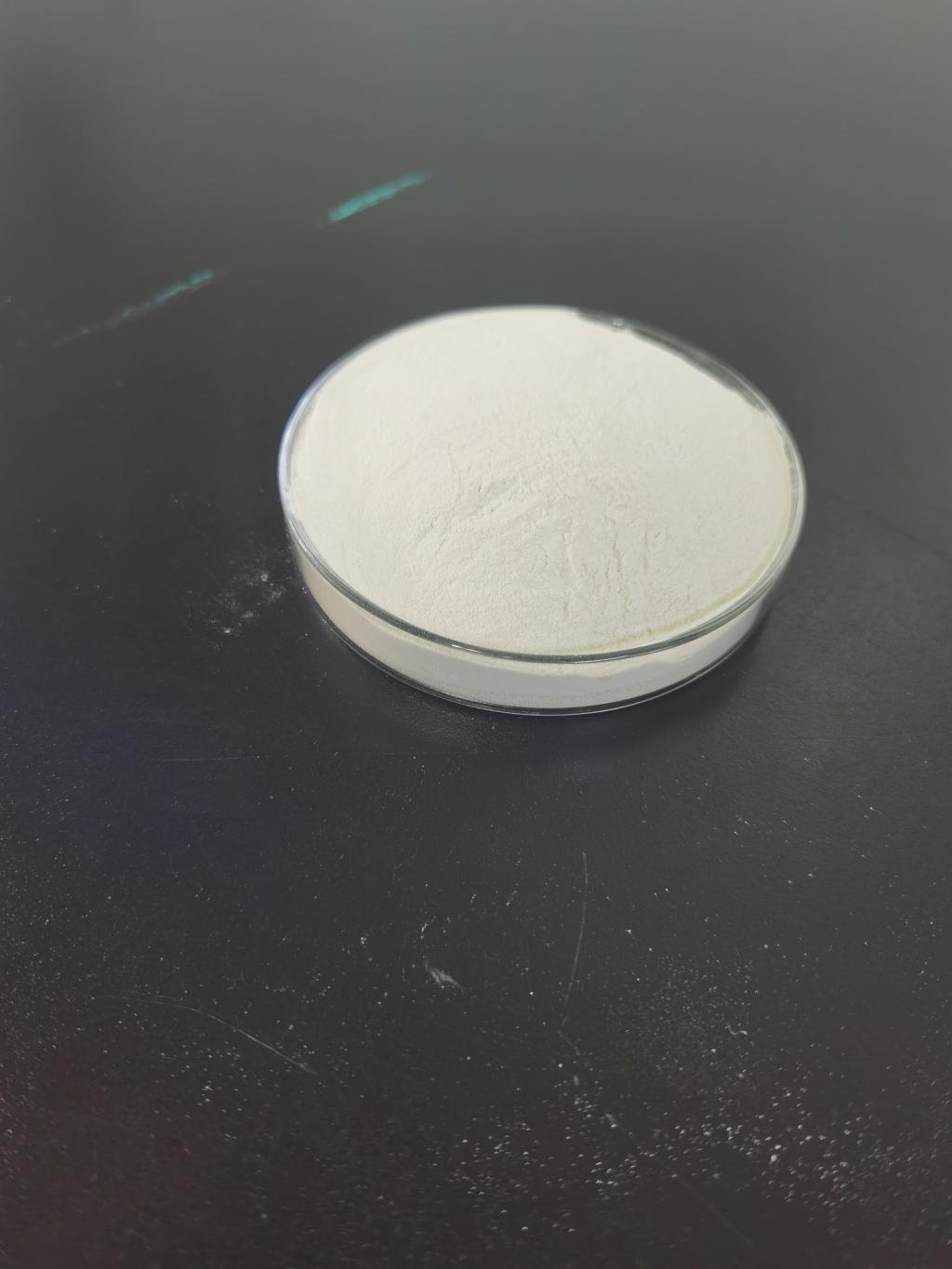Tel:+8618231198596

News
 CONTACT
CONTACT
 CONTACT
CONTACT
- Linkman:Linda Yao
- Tel: +8618231198596
- Email:linda.yao@dcpharma.cn
- Linkman:CHARLES.WANG
- Department:Overseas
- Tel: 0086 0311-85537378 0086 0311-85539701
News
Nisin's History and Milestones in Food Science.
TIME:2023-11-10
I. The Discovery of Nisin
Early Observations
The story of nisin begins in the early 20th century when Sir Alexander Fleming, the renowned microbiologist famous for the discovery of penicillin, made preliminary observations of a lactic acid bacterium's inhibitory effects on the growth of other bacteria. These initial findings laid the groundwork for the discovery of nisin.
Isolation and Naming
In 1928, a young scientist named Edgar R. Hastings successfully isolated the substance responsible for the bacterium's antimicrobial effects. He named this substance "nisin," derived from the Latin "nisus," meaning effort, to honor the laborious nature of his work.
II. Early Milestones in Nisin Research
Characterization of Nisin
The early years of nisin research were dedicated to understanding its properties and mechanisms of action. Scientists determined that nisin is a heat-stable, low-molecular-weight peptide with potent antimicrobial activity against Gram-positive bacteria.
Industrial Production
Nisin's potential for food preservation led to its early adoption by the food industry. In 1947, a Dutch company, DSM, began industrial-scale production of nisin, marking a significant milestone in the commercial use of nisin.
III. Nisin in the Mid-20th Century
Recognition of Safety
Nisin's safety for human consumption was a critical milestone. Extensive research demonstrated that nisin was safe, non-toxic, and non-allergenic, leading to its acceptance as a food additive.
Regulatory Approvals
In the mid-20th century, regulatory agencies, such as the U.S. Food and Drug Administration (FDA) and the European Food Safety Authority (EFSA), recognized nisin as a Generally Recognized as Safe (GRAS) food ingredient, paving the way for its widespread use in food products.
IV. Nisin's Impact on Food Preservation
Cheese Production
Nisin quickly became an essential component in cheese production, particularly in the manufacturing of cheeses like Cheddar and Swiss. Its ability to inhibit the growth of undesirable bacteria and molds contributed to the development of the characteristic flavors and textures of these cheeses.
Sauerkraut Fermentation
Sauerkraut, a traditional fermented cabbage dish, relies on lactic acid bacteria for fermentation. Nisin-producing bacteria, such as Lactococcus lactis, have played a role in ensuring the safety and preservation of sauerkraut.
Fermented Meat Products
Nisin's use in the production of fermented meat products, including sausages and salami, has helped control the growth of harmful microorganisms. This has enhanced the safety and shelf life of these products.
Fermented Dairy Products
A range of fermented dairy products, such as yogurt and kefir, benefit from nisin-producing bacteria. These bacteria contribute to maintaining the desired microbial balance during fermentation, ensuring product safety and quality.
Preservation of Pickles
Fermented pickles, including dill and bread-and-butter pickles, rely on nisin-producing lactic acid bacteria to prevent spoilage and maintain their texture and stability.
V. Nisin in the Modern Food Industry
Food Safety Enhancement
Nisin has found extensive use in modern food production as a natural and effective means of controlling the growth of foodborne pathogens, such as Listeria, Salmonella, and Staphylococcus. This has led to improved food safety standards.
Clean Label Trend
As consumers increasingly seek clean-label food products with recognizable ingredients, nisin's status as a naturally occurring antimicrobial peptide positions it favorably in the market.
Sustainable Preservation
Nisin's role in food preservation aligns with the sustainability goals of the food industry. It offers a natural alternative to chemical preservatives, reducing the environmental impact of food production.
Probiotic Foods
Nisin-producing probiotics are used in the production of probiotic foods, contributing to the health and well-being of consumers by promoting a healthy gut microbiome.
VI. Research and Technological Advancements
Genetic Engineering
Genetic engineering has played a significant role in enhancing nisin production. Researchers have developed recombinant strains of nisin-producing bacteria with optimized nisin biosynthesis pathways, leading to increased yields and cost-effective production.
Fermentation Optimization
Continuous improvements in fermentation strategies, including temperature, pH, aeration, and substrate concentration control, have boosted nisin production efficiency and quality.
Downstream Processing
Advancements in downstream processing techniques, such as membrane filtration and chromatography, have simplified the isolation and purification of nisin from fermentation broth, reducing production costs.
Alternative Hosts
The genetic engineering of nisin biosynthesis genes has enabled the expression of nisin in alternative host organisms, such as Escherichia coli and Bacillus subtilis, offering advantages in terms of growth and production.
VII. Regulatory Aspects and Safety
Nisin has received regulatory approvals from various agencies, and it is generally recognized as safe (GRAS) for consumption. Allergenicity and resistance development concerns are actively monitored to ensure the safety of its use.
VIII. Future Prospects
Nisin's future is marked by continued growth, diversification, and innovation:
Tailored Nisin Variants
Genetic engineering and biotechnological advancements will lead to the creation of customized nisin variants with enhanced characteristics for specific applications, further expanding its utility.
Sustainable Production
Efforts to use renewable and low-cost substrates in nisin production will contribute to its environmental and economic sustainability.
Global Market Expansion
Emerging markets in Asia and Latin America will offer substantial growth opportunities, contributing to the increasing global reach of nisin.
Regulatory Alignment
Harmonization of regulatory standards across regions will facilitate international trade and foster the market growth of nisin-containing products.
Conclusion
Nisin's journey from its discovery to its pervasive role in food science and preservation has been marked by significant milestones and transformative contributions. Its historical significance and ongoing relevance in the food industry underscore its importance as a natural and effective tool for enhancing food safety, preservation, and quality. With the continuing evolution of biotechnological advancements and an increasing emphasis on clean-label and sustainable food solutions, nisin's future remains promising, addressing the ever-changing needs of the global food market.
- Tel:+8618231198596
- Whatsapp:18231198596
- Chat With Skype







